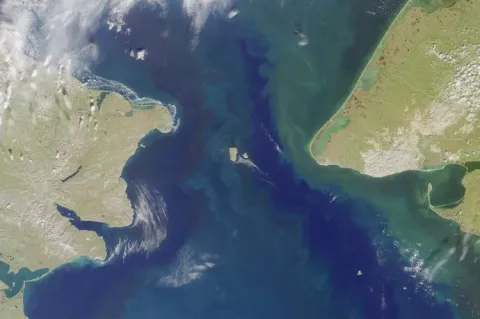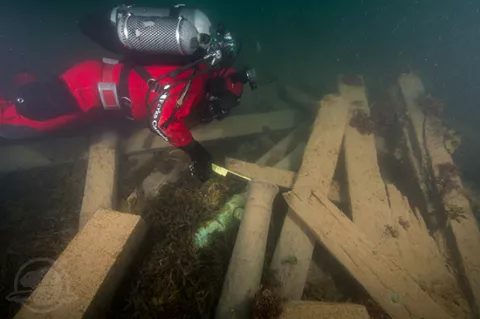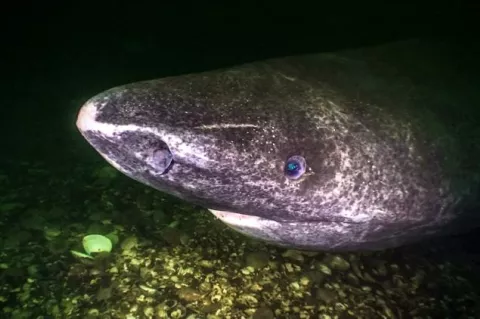Arctic Ocean now less salty
Researchers have found that the Arctic Ocean is becoming less salty, because the amount of freshwater flowing through the Bering Strait into it has increased by 40 to 50 percent, over the past 30 years.
This finding is based on a new study by the University of Maryland Center for Environmental Science. According to lead author Lee Cooper, “This could have a lot of downstream implications for how the Arctic Ocean works and connects with climate and related processes, including the intensity of mixing in the North Atlantic.”





